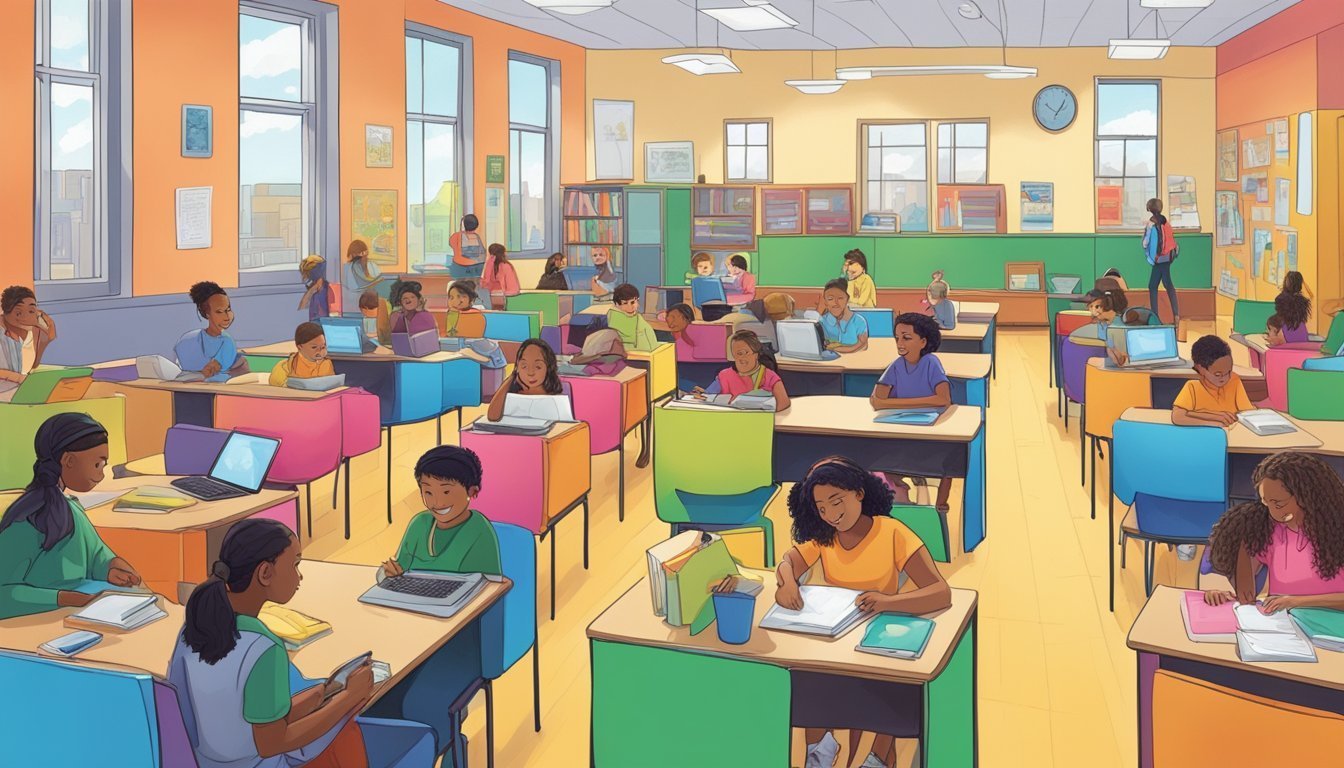Governor’s Proposal Overview
New York Governor Kathy Hochul has unveiled a proposal to allocate $13.5 million aimed at enforcing a statewide ban on cellphones in schools.
This initiative comes amid rising concerns about the effects of smartphones on students’ mental well-being and academic performance.
The governor’s goal is simple yet significant: to create a distraction-free environment conducive to learning throughout the school day.
The proposed funding is intended to alleviate the financial burden on school districts, covering costs like digital pouches to secure devices and potentially hiring extra staff to assist with phone collection each day.
Interestingly, funding issues previously led New York City to reverse its own plans for a cellphone ban, raising questions about how effectively the governor’s budget proposal might resolve similar challenges.
Budget Allocation and Educational Impact
Hochul included this cellphone ban funding in her ambitious $252 billion budget plan for 2026, which also earmarks $37.4 billion for education.
This amount represents an increase of nearly $1.7 billion, or a 4.7% rise compared to last year.
The initiative fits into a broader agenda aimed at enhancing educational affordability, a key point Hochul emphasized during her recent State of the State address.
This proposal now sets the stage for discussions with state lawmakers regarding the distribution of funds for the upcoming fiscal year, which begins in April.
If approved, students will be instructed to refrain from using their electronic devices from the beginning to the end of the school day, including during transitions and lunch breaks.
The new policy is expected to roll out at the start of the next academic year, while districts can determine specific storage and compliance strategies tailored to their needs.
Support for School Districts and Future Planning
Hochul underscored that the intention behind the policy is to mitigate distractions from social media and address the mental health challenges that come with excessive smartphone usage.
There will be provisions for students requiring devices for medical purposes or translation to ensure that none are unfairly impacted.
Last summer, a citywide cellphone prohibition seemed imminent in New York City schools, yet Mayor Eric Adams intervened, causing the initiative’s reversal.
A spokesperson for the Education Department has expressed a positive outlook on partnering with Hochul on this new plan, emphasizing that feedback from school communities strongly suggests that cellphone access is detracting from the learning experience and harming students’ mental health.
While New York City schools have the freedom to set their own cellphone policies, around 350 schools had already implemented bans by the end of the last academic year, with another 500 aiming to follow suit this year.
Some schools have relied on locking Yondr pouches for phone management, while others have opted for a phone collection system or alternative methods.
However, adopting these pouches can be costly, averaging about $30 per student in the first year.
Yondr’s CEO mentioned that their company offers discounts for bulk purchases and lauded Hochul’s efforts to enforce the ban.
Although Mayor Adams has shown some hesitance toward a standardized city policy, he has indicated the city would comply with any regulations set by the state.
In addition to the cellphone ban, Hochul’s proposed budget includes reevaluating the state’s educational funding framework known as Foundation Aid, established in 2007.
There has been a long-standing call from advocates and education leaders for changes; however, adjustments might result in a smaller funding boost for New York City, as warned by some stakeholders.
The budget proposal leaves some requests from city officials unmet, particularly in areas such as additional support for students in transitional housing and increased funding to uphold the state’s class size mandate in city schools.
The plan also aims to bolster support for lower-income school districts, ensuring that each district sees at least a minimal annual funding increase of 2%, according to state officials.
Beyond the cellphone ban initiative, Hochul has laid out additional proposals that include creating a “College in High School Opportunity Fund,” allocating $340 million for universal free school meals, and increasing funding for childcare services, marking a comprehensive approach to enhance education and well-being in New York State.
Source: The74million


